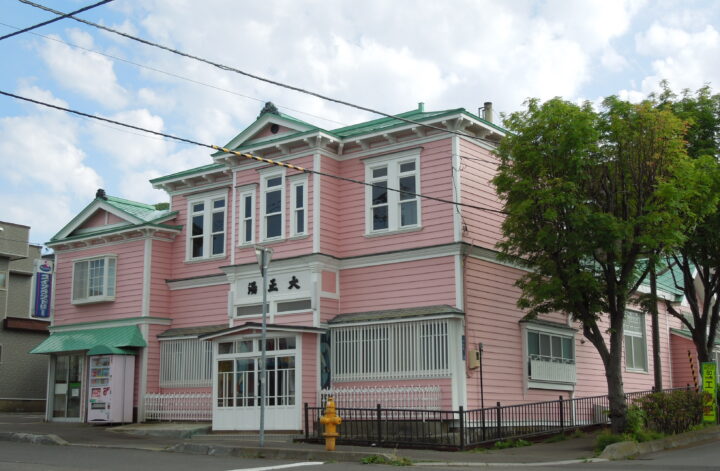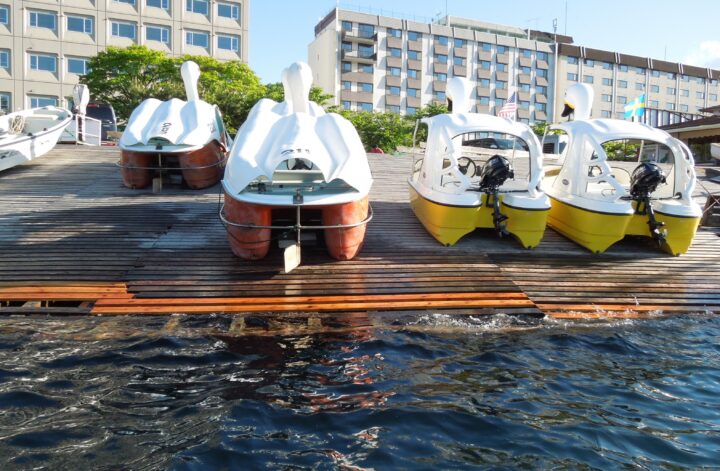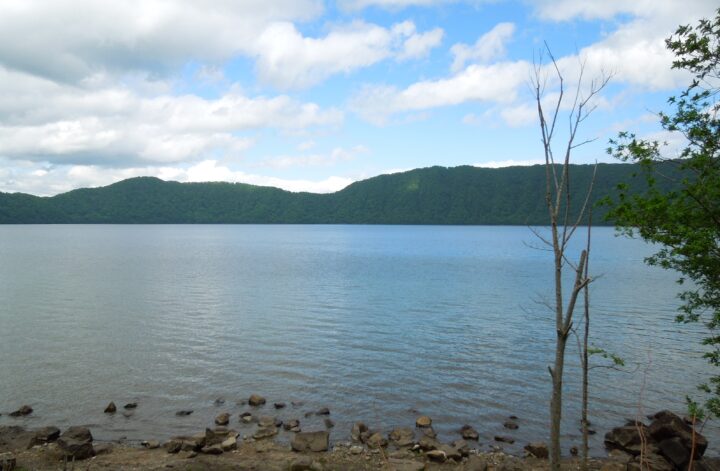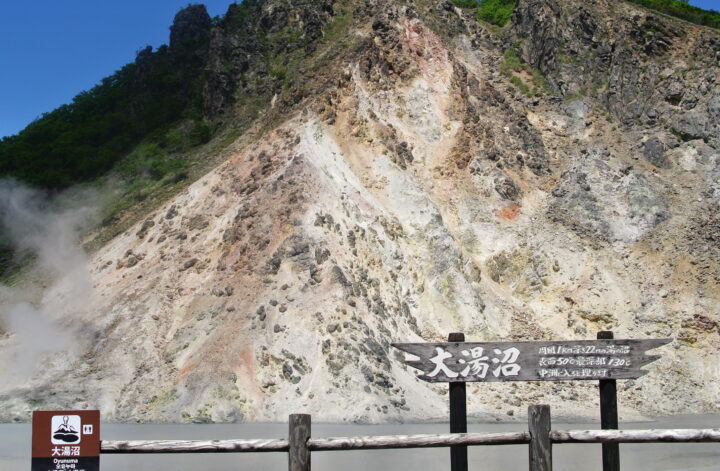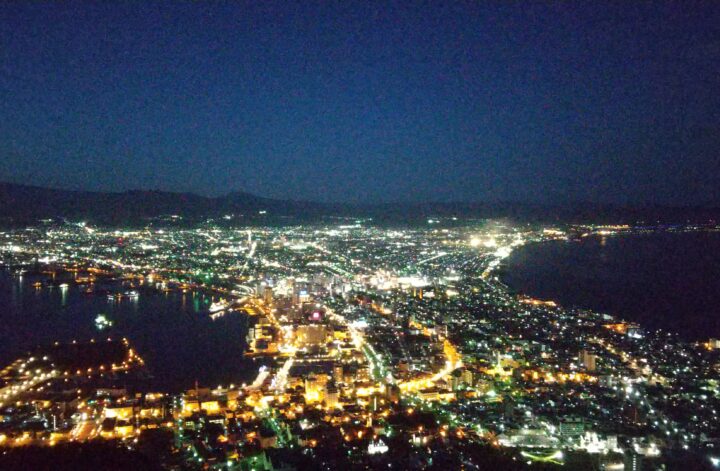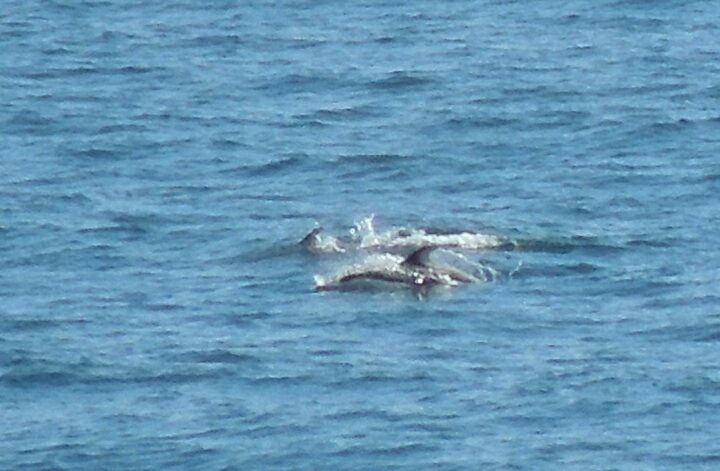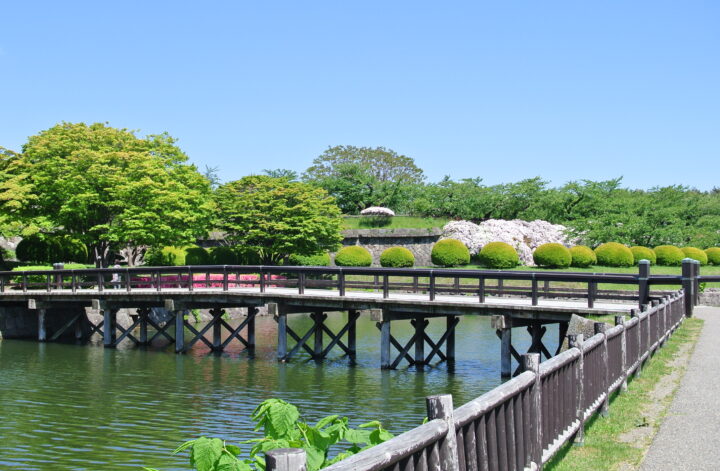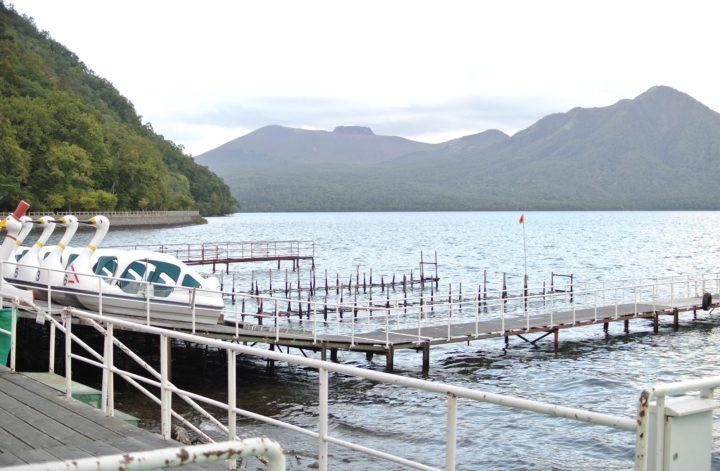The Hakodate City Tram takes you to interesting places around t […]
Lake Toya―Swan boat ride
There are many ways to enjoy Lake Toya. One of them is a swan b […]
Lake Kuttara
Lake Kuttara is a caldera lake in Shiraoi Town. It is the round […]
Noboribetsu — Oyunuma Pond
Near Jigokudani, there is a large pond called Oyunuma. This pon […]
Noboribetsu Jigokudani (Hell Valley)
My family loves visiting Jigokudani or Hell Valley. It is full […]
Hakodate Night View
If you visit Hakodate, I highly recommend having the time to ex […]
The Tsugaru Strait and Dolphins
My family was looking at the Tsugaru Strait from Cape Tachimach […]
Cape Tachimachi
Cape Tachimachi is the southeastern tip of Mt. Hakodate. It fac […]
Goryokaku Fort
Goryokaku is a star-shaped fort designated as a national specia […]
Lake Shikotsu
Lake Shikotsu has three unique characteristics. First, it is kn […]
Hakodate: English garden
There are several famous buildings in the Motomachi area. The O […]
Hakodate: Motomachi
Hakodate is definitely my favorite place. I love looking at bui […]
